State
Tribe Name
Art Type
short description
The Chuktia Bhunjia tribe, with their estimated population of just 5,558 according to the Baseline Survey (2015, 2019) and the OPELIP Survey (2022), can be categorized as one of the smaller and lesser-known tribes of western Odisha. They have settled in the Sunabeda Wildlife Sanctuary in the Nuapada district of Odisha, along with occasional mentions further to the north into Bihar. The Chuktia Bhunjia consider themselves to be the pure and sacred branch of the larger Bhunjia tribe. The language spoken by them is Gondi, a member of the Dravidian language family. Society-wise, the tribe is divided into two exogamous moieties called Markam (considered affine) and Netam (considered kin). One of the distinct features of their social structure is the sacred kitchen shed called Lal Bangla, which is ancestral and is treated as the holiest of spots in their houses.
Thumbnail
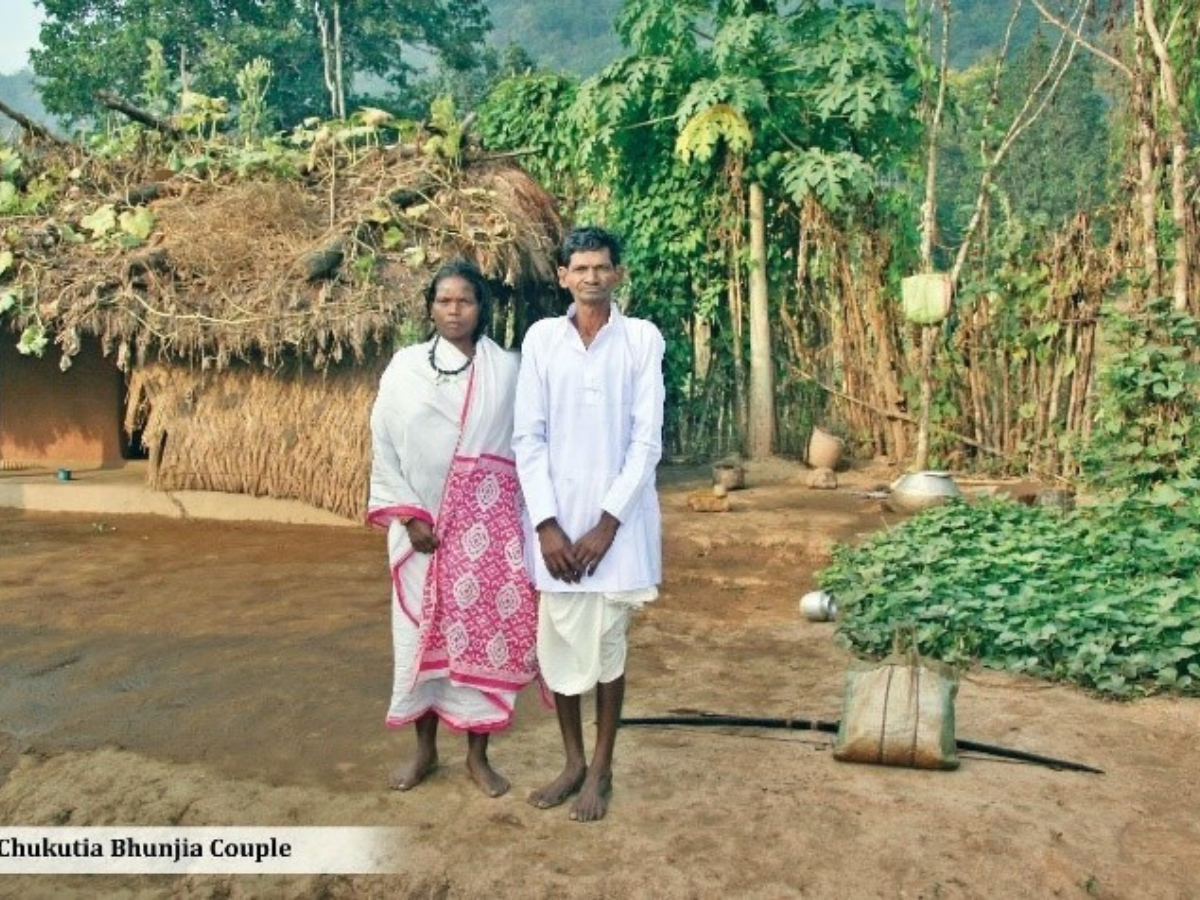
Filter Postion
Left
Filter Background
Off
Theme
Filter Header Image
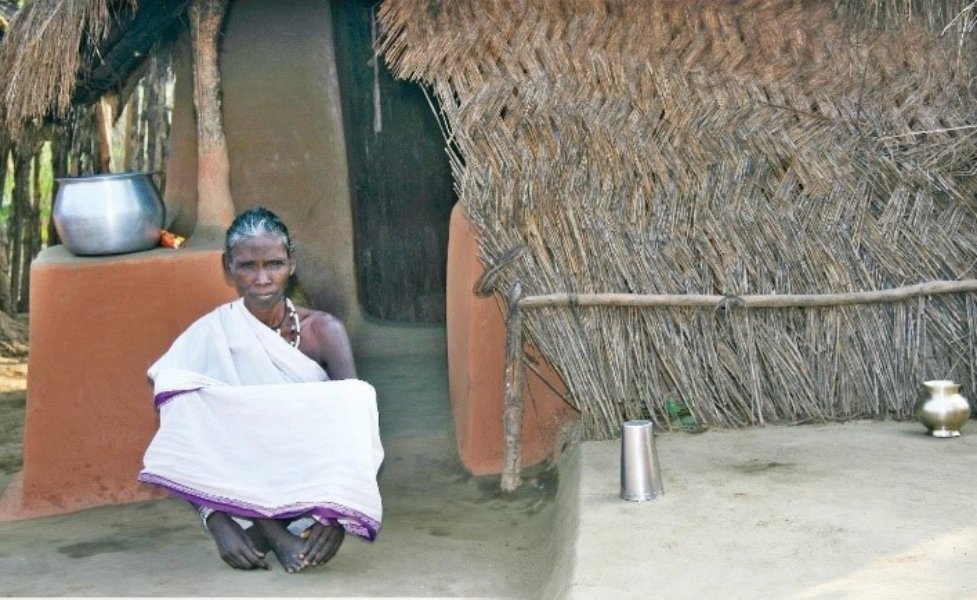
content
Image
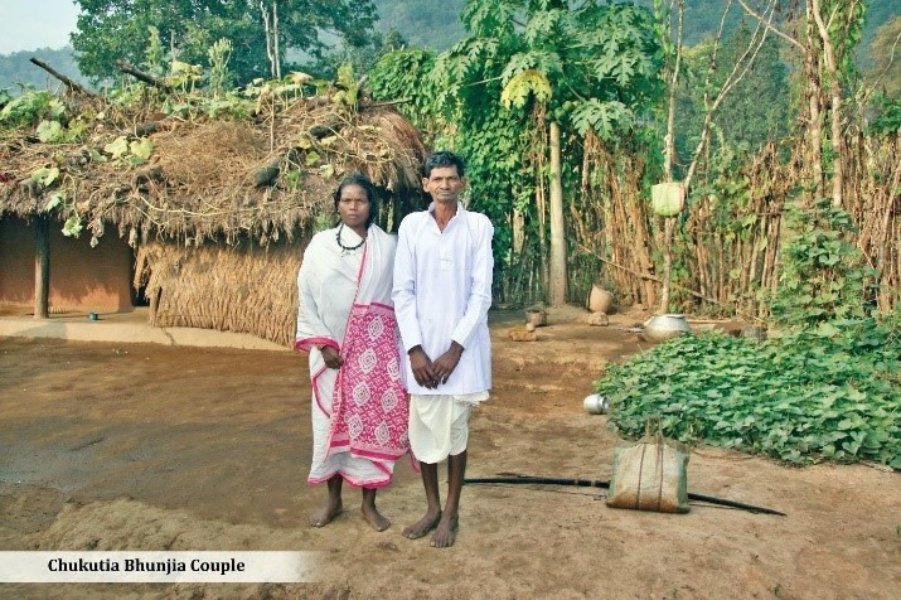
description
The Chuktia Bhunjia tribe, with their estimated population of just 5,558 according to the Baseline Survey (2015, 2019) and the OPELIP Survey (2022), can be categorized as one of the smaller and lesser-known tribes of western Odisha. They have settled in the Sunabeda Wildlife Sanctuary in the Nuapada district of Odisha, along with occasional mentions further to the north into Bihar. The Chuktia Bhunjia consider themselves to be the pure and sacred branch of the larger Bhunjia tribe. The language spoken by them is Gondi, a member of the Dravidian language family. Society-wise, the tribe is divided into two exogamous moieties called Markam (considered affine) and Netam (considered kin). One of the distinct features of their social structure is the sacred kitchen shed called Lal Bangla, which is ancestral and is treated as the holiest of spots in their houses.
Image Mode
landscape
Image
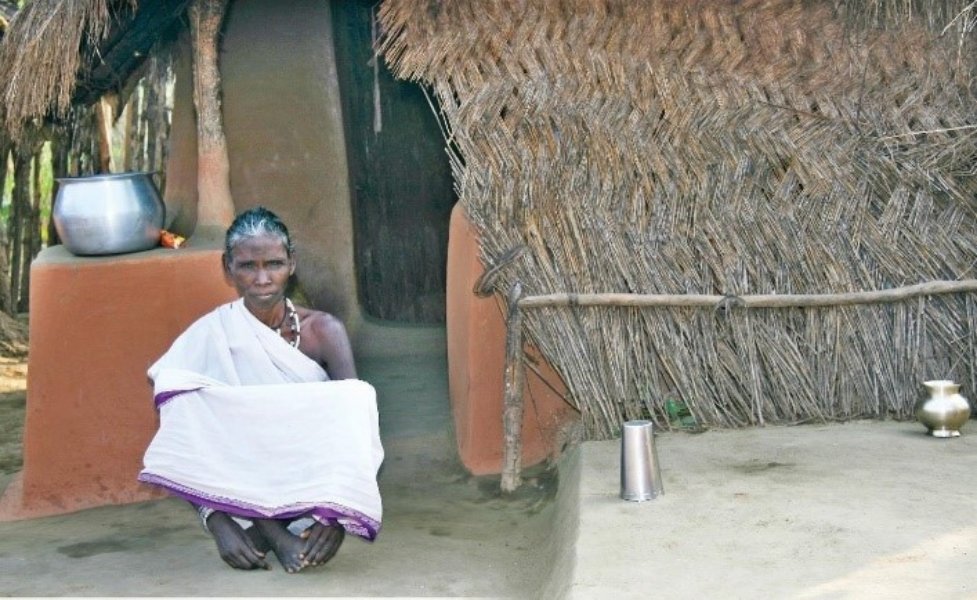
description
The Chuktia Bhunjia people are settled cultivators but rely heavily on forest resources, making them a semi-sedentary community. Their chief deity is Sunadei, and Chaitra Jatra is their principal religious festival, which is celebrated with great fervor. Their economy is predominantly subsistence-based and agriculture is the mainstay. They cultivate small patches of wetland and practice Bewar or shifting cultivation. In this cooperative system, labor is rendered by the members of the community to support farming activities. Crops grown in Bewar fields include minor millets like ragi, suan, and gulji, pulses and vegetables like biri, kandula, jhundung (bean), and brinjal. They also grow ramtila oilseed.
Image Mode
landscape
Image
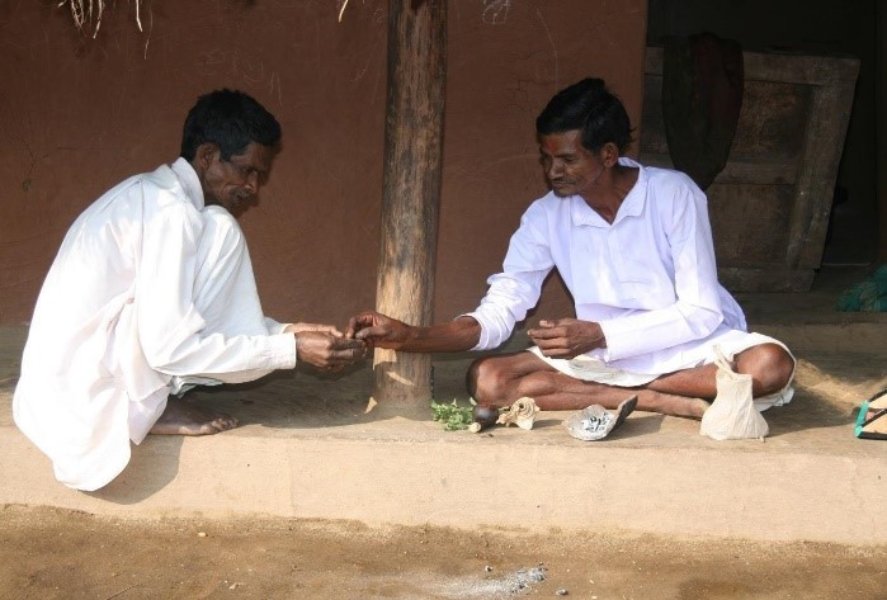
description
The area not put under shifting cultivation is maintained as bari lands or kitchen gardens, where bajra, janha, cucumber, and mustard are planted. In lowland areas, paddy is cultivated through broadcasting and transplanting methods, locally called Dahi. Their agricultural practices reflect an understanding of their ecological setting and balance of traditional and resource management. Apart from agriculture, they are also engaged in other income-generating activities such as animal husbandry, fishing, hunting, forest gathering, and wage labor that offer vital supplement to their livelihoods.
Image Mode
landscape
Image
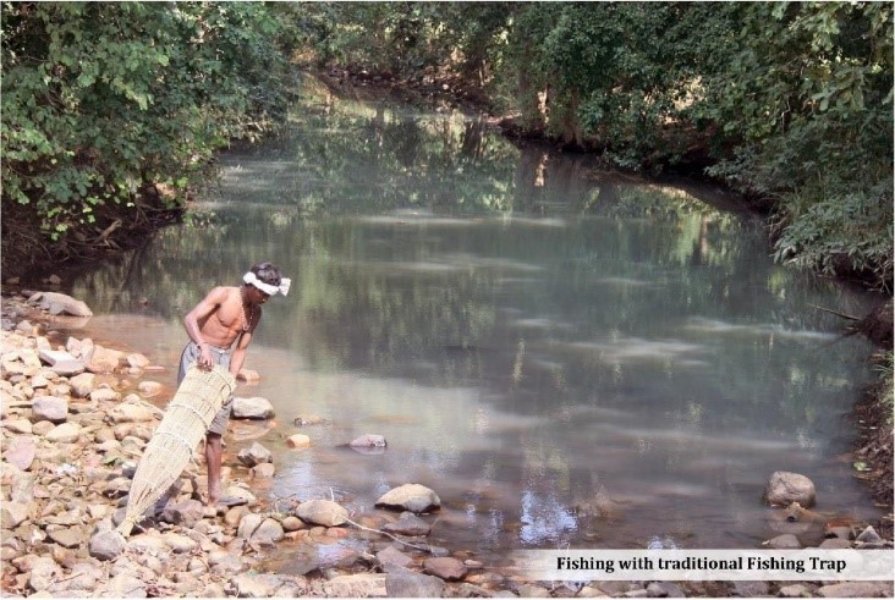
description
Cultural life in the Chuktia Bhunjia community is intimately linked to nature and seasonal rhythms. Cultural rituals are upheld by the women, young and old, with extreme fervor. The women enthusiastically participate in all fairs and festivals, singing, dancing, and playing music. Such cultural events serve not only to provide merriment but also to strengthen community cohesion and impart traditional knowledge to posterity. Thus, the cultural identity of the Chuktia Bhunjias embraces simplicity, cooperation, and respect toward their environment, land, and ancestors. Their livelihood is simple yet indicates endurance, self-reliance, and a great respect for nature. Although a small tribe in the state of Odisha, they are the very lifeblood of the culture of Odisha due to their unique culture, agricultural wisdom, and spiritual practices.
Image Mode
landscape
promoted
On
Verified
On
